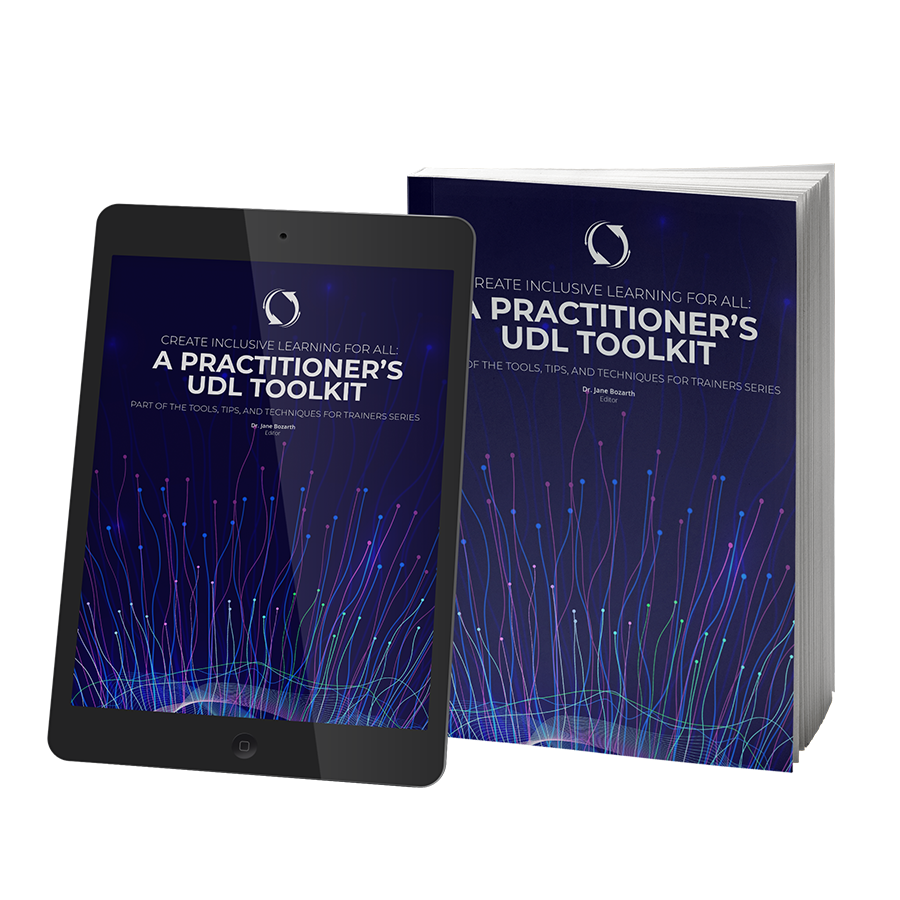Creating Inclusive Learning: The Toolkit Trainers Have Been Waiting For
How do we ensure learning is inclusive and accessible for everyone? That question is at the heart of our latest resource,Create Inclusive Learning...
 LinkedIn is a powerful tool in our personal learning toolkit. It not only connects us with our peers, but enables us to network with thought-leaders and contribute meaningfully to discussion subjects about which we're passionate. Guest blogger Jenny Holt provides guidance on how individuals (and even teams) can use this professional networking social platform for professional development.
LinkedIn is a powerful tool in our personal learning toolkit. It not only connects us with our peers, but enables us to network with thought-leaders and contribute meaningfully to discussion subjects about which we're passionate. Guest blogger Jenny Holt provides guidance on how individuals (and even teams) can use this professional networking social platform for professional development.
For the uninitiated, LinkedIn is often seen as a social network that is good for making professional connections and developing a reputation as an industry thought leader. But, that’s not all it’s good for. The LinkedIn Groups feature is becoming an increasingly popular option for sharing top tips, giving and receiving feedback, and engaging in online discussions.
Here’s how you can use groups in your learning strategy.
Spark Discussion with Blog Posts
Blog post integration is now a big part of LinkedIn. You can craft blog posts directly on your profile page. And, you can fuel lively debates and spark online discussions with the blog posts you create for your group. Make it easy for members to read the question or prompt quickly and reflect on the topic by keeping your posts succinct. Encourage colleagues to offer an answer to the question or share their perspective. You may also want to include learning resources and links to external sites in your blog posts.
Provide Group Members with Valuable Resources
LinkedIn Groups members want to know what they stand to gain by joining your learning environment. You must provide them with an incentive for actively engaging on LinkedIn. This could be useful links to helpful training resources, tips, and articles.
The access to training content should be available exclusively to group members. For instance, you could post a link to the recording of an interactive webinar you hosted on the group page.
Be Smart in Your Keyword Selection
You boost the visibility of LinkedIn Groups with keywords. As such, you must pick your keywords carefully when you want to encourage corporate learners to join. They are able to search LinkedIn groups by organization, interests, location, and several other criteria. Yet, they are also able to search by targeted words that are found in group descriptions and titles. So, a corporate learner might type in “sales techniques” and “negotiation skills” when in search of an online sales training group.
Create Private Groups for Every Subject
If you do not focus on a precise topic, the discussion can go off the rails quickly. You might cover everything from management training to customer support skills in a generalized group. Instead, create a new group for each subject. Start with a list of topics you want to cover, and decide whether each can stand on its own.
With these tips, you will be well on your way to developing thriving learning communities on LinkedIn.

How do we ensure learning is inclusive and accessible for everyone? That question is at the heart of our latest resource,Create Inclusive Learning...

Not only do current global circumstances demand training go digital, but also, over the last few years, industry experts have promoted the value of...

Zoom has taken the whole world by storm. Thanks to its easy-to-use functionality, and an effort by company leadership to make it more accessible,...